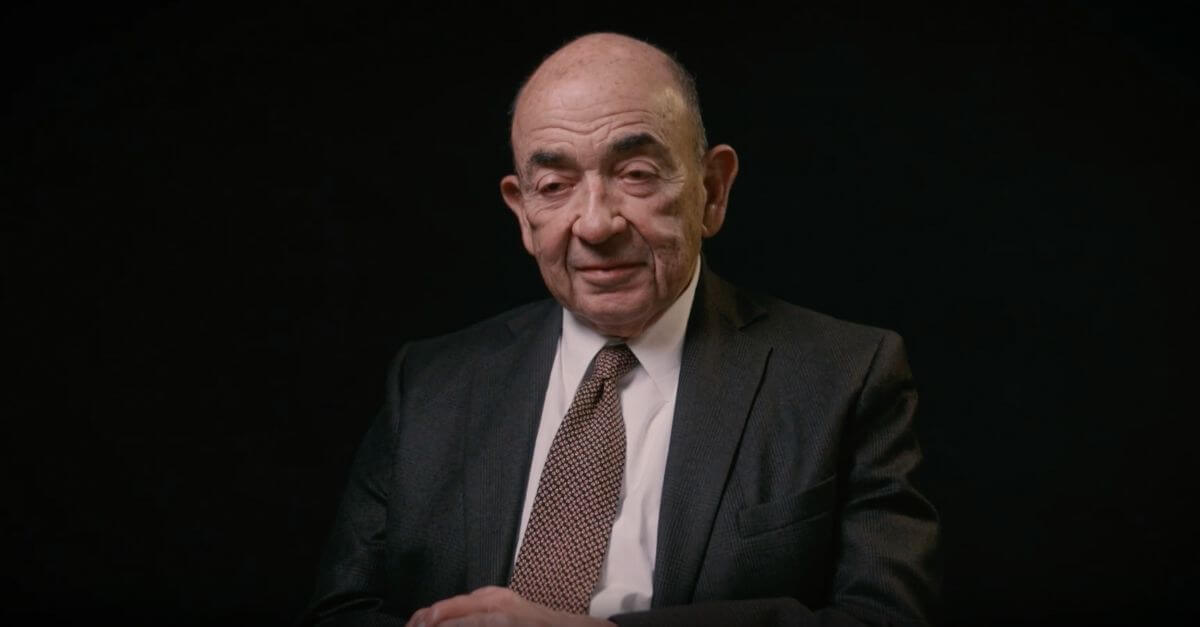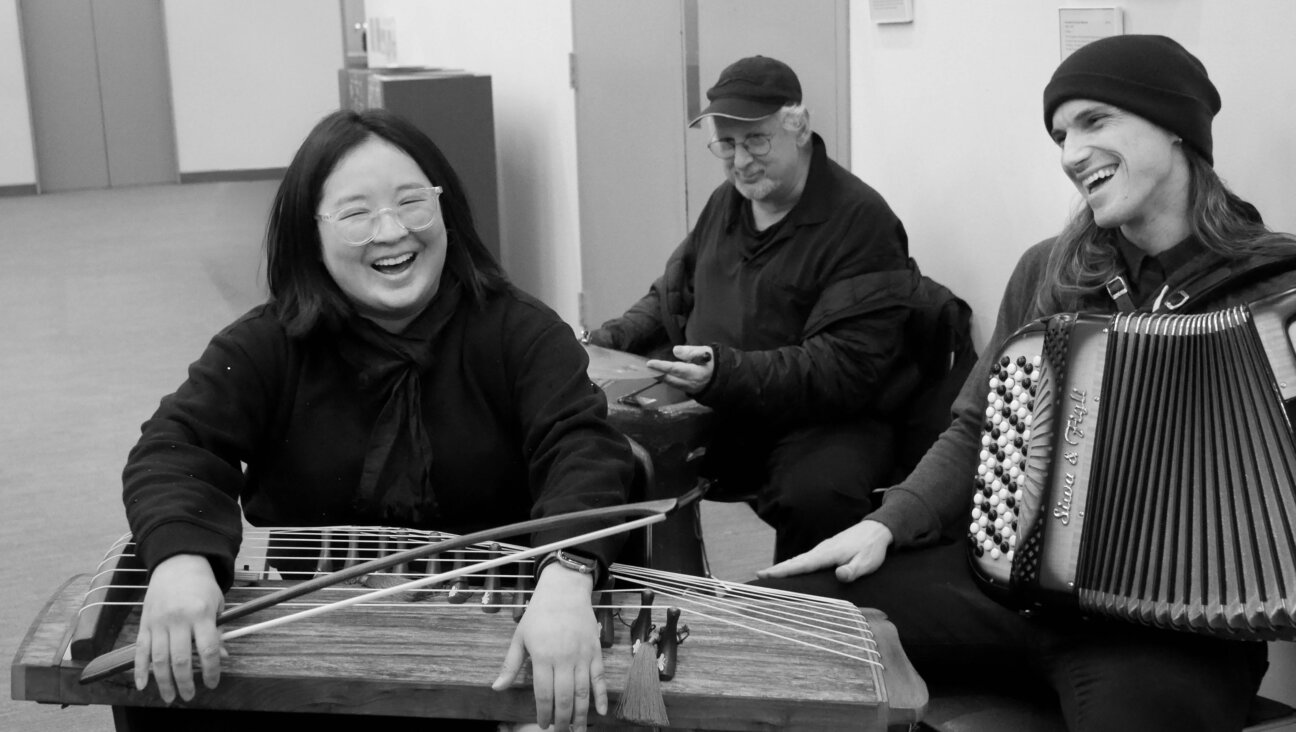After Ten Years, a Jewish Poetry Journal Bids Farewell

Graphic by Angelie Zaslavsky
Those of us who have participated in the Jewish poetry scene in New York City over the last decade might argue that the journal Mima’amakim invented it. Though Jewish women and men have been performing and publishing poetry for many decades as part of a thriving New York poetry scene, Mima’amakim established the first readings and performances that featured not only poetry written by Jews, but also poetry with specifically Jewish content. On February 5 at the Sixth Street Synagogue, Mima’amakim will hold a publication party celebrating its last issue and 10 years of publishing innovative Jewish poetry.

Meaning “from the depths,” Mima’amakim took its name from Psalm 130: “From out of the depths I called to You, God,” and was initially positioned as a forum for publishing Jewish poetry and art with a religious orientation. Founded by Chaim Strauchler in 2000 at Yeshiva University, the journal arose out of an Orthodox milieu that envisioned the artistic process as a culmination of the divine act of creation. Its first mission statement narrowly defined the journal’s purpose as a place for “creative artistic expression of the Jewish religious experience within the confines of Halachah,” even limiting the content to exclude “profanities and sexually explicit materials.”
Though the journal was created by and for the Orthodox community, its reach expanded as the journal evolved. “Pretty quickly the journal went from being a largely Orthodox affair to being a more diverse collection of voices representing the larger Jewish community,” said Aaron Roller, one of the journal’s more recent editors. He also explained that while the journal began by publishing students, it eventually included professional writers as well as hobbyists. When Dena Weiss joined as editor, her goal, she said, was to “raise the bar on the quality of the material” while keeping to the vision of the journal as a home for Jewish creative expression. Accordingly, the journal has published well known poets such as Samuel Menashe, Steve Dalachinsky and Karen Alkalay-Gut.
The journal expanded not only the quality of its content but also its substance. The introduction to the 2008 issue, for example, boasted “contributions ranging from a Yiddish ode to Jewish women and their predilection for decapitation, to a bebop-infused jazz poem channeling Abraham the Patriarch, to an original translation of the Persian Jewish-Sufi Mystic Sarmad.”
Part of what kept the journal thriving and perpetually changing was its performance component. Largely initiated by poet and Forward contributor Jake Marmer, Mima’amakim hosted many publication parties and performances featuring both poets and musicians. This off-the-page arm of the journal created an environment where free-form and collaborative creative expression was nurtured and able to develop.
Though Mima’amakim is beginning an indefinite hiatus due to the voluntary nature of the operation and the pressing demands of jobs and family life, its final publication party will continue the tradition of liveliness and spontaneity that made so many of its past performances a success. It will be a testament to the journal’s 10 years of exploring and expanding Jewish creativity.
















